Understanding BMW M5 dashboard warning lights is essential for maintaining vehicle safety and preventing costly repairs. These indicators alert drivers to potential issues ranging from minor maintenance needs to critical failures that could lead to accidents or breakdowns. By recognizing and responding promptly, you can ensure your car runs smoothly and avoid escalating problems.

Quick Navigation
Red Warning Lights (Stop Immediately)
Engine Oil Pressure

Low oil pressure can cause engine damage from poor lubrication. Often due to low oil levels or a faulty pump. Stop the car immediately, check oil, and seek professional help if needed.
Brake System Alert
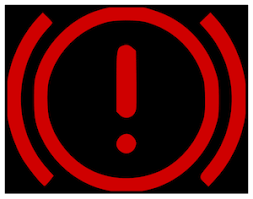
Indicates low brake fluid or a hydraulic issue affecting stopping power. Could stem from leaks or worn components. Park safely right away and contact a mechanic for inspection.
Engine Coolant Temperature
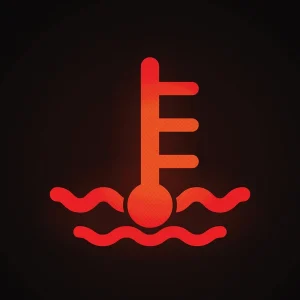
Signals engine overheating, possibly from low coolant or a leak. High temperatures risk permanent damage. Pull over, let the engine cool, check coolant levels, and get it fixed before driving.
Charging System Failure
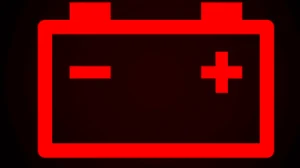
Battery or alternator not charging properly, leading to power loss. Caused by faulty wiring or components. Stop driving and have the system checked to avoid being stranded.
Airbag System Fault

Airbags may not deploy in a crash due to sensor or wiring problems. Immediate safety risk. Stop and visit a service center for diagnostics and repair.
Seatbelt Reminder
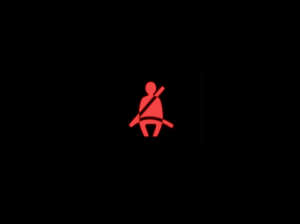
Alerts if seatbelts are not fastened, increasing injury risk in accidents. Triggered by unbuckled belts. Fasten all seatbelts before proceeding, and fix any sensor issues.
Power Steering Failure

Loss of steering assistance makes handling difficult. Often from fluid leaks or pump failure. Pull over safely and arrange towing to a repair shop.
Transmission Overheat
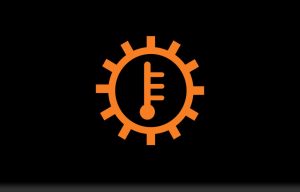
Transmission fluid too hot, risking gear damage. Caused by heavy use or low fluid. Stop, allow cooling, and have it serviced immediately.
ABS System Failure
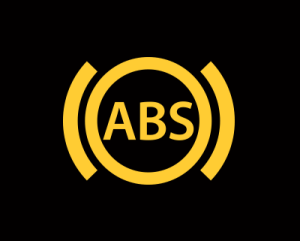
Anti-lock brakes not working, reducing control during hard stops. Due to sensor or module faults. Stop driving and get professional assistance.
Low Brake Fluid

Brake fluid level critically low, compromising braking. Likely from leaks. Park immediately and top up fluid or seek repairs.
Door Ajar Warning
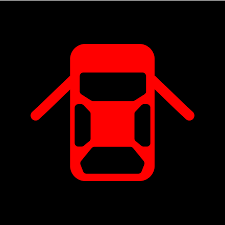
A door or trunk is not fully closed, posing a safety hazard. Check and secure all doors; if persistent, inspect latches.
Steering Lock Malfunction
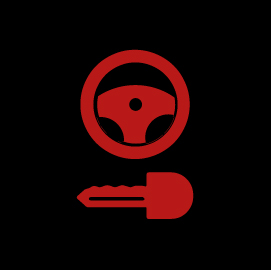
Steering wheel lock engaged incorrectly, preventing movement. Caused by electronic faults. Stop and consult a service center.
Air Suspension Fault

Suspension system failure affects ride height and stability. From leaks or compressor issues. Pull over and have it repaired.
Diesel Particulate Filter Full (Critical)
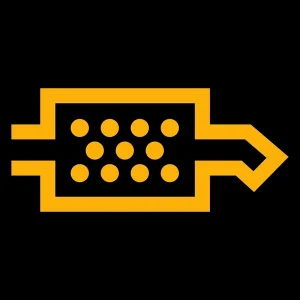
DPF blocked with soot, risking engine damage in diesels. Stop and regenerate or replace at a service center.
Glow Plug System Failure

Glow plugs not heating properly in diesels, causing start issues. Faulty plugs or wiring. Stop and get them checked to prevent engine strain.
Yellow/Amber Warning Lights (Action Required Soon)
Check Engine Light
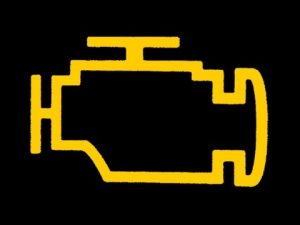
Engine or emissions issue detected, like a faulty sensor. Could reduce performance. Schedule a diagnostic scan at a service center soon.
Tire Pressure Monitoring
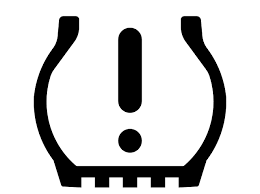
One or more tires have low pressure, affecting handling and fuel use. Inflate tires to recommended levels and check for punctures.
ABS Warning

Anti-lock brake system malfunction, but basic brakes may work. Caused by sensor problems. Have it inspected soon to restore full function.
ESP/DSC Stability Control
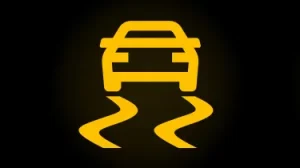
Electronic stability program not functioning, increasing skid risk. Due to sensor faults. Drive carefully and visit a mechanic.
Low Fuel Warning
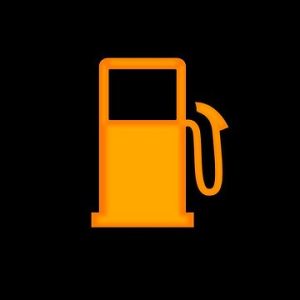
Fuel level critically low, risking running out. Refuel at the next station to avoid engine stall.
Service Vehicle Soon
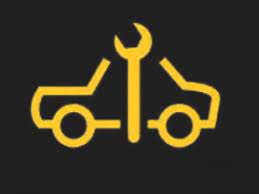
General reminder for scheduled maintenance or minor issues. Check your manual and book a service appointment.
Brake Pad Wear

Brake pads thinning, reducing stopping efficiency. Replace pads soon to maintain safety.
Transmission Fault

Gearbox issue like slipping or sensor error. Drive gently and have it diagnosed promptly.
Lane Departure Warning
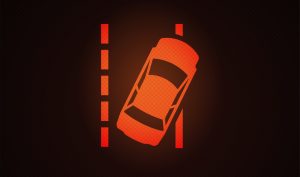
System detects unintended lane drift; if faulty, it won’t alert. Adjust driving and check sensors.
Frontal Collision Warning

Alerts for potential crashes; if on steadily, system fault. Test and repair to ensure it works.
Diesel Exhaust Fluid Low
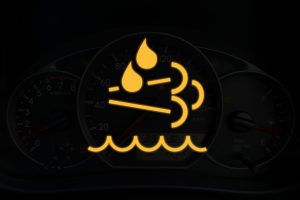
DEF level low in diesels, affecting emissions. Top up fluid soon to prevent engine restrictions.
Bulb Out Indicator

A light bulb has failed, like headlights or signals. Replace the bulb to maintain visibility and legality.
Green Warning Lights (Information Only)
Turn Signals Active
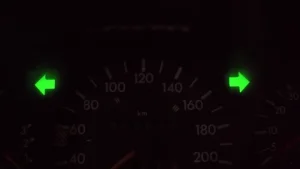
Indicates turn signals are on for changing direction. Flashes when activated; no action needed unless stuck.
High Beams On

High beam headlights are engaged for better night visibility. Switch off when oncoming traffic approaches.
Front Fog Lamps

Fog lights are active to improve visibility in poor weather. Use only when necessary to avoid blinding others.
Cruise Control Engaged
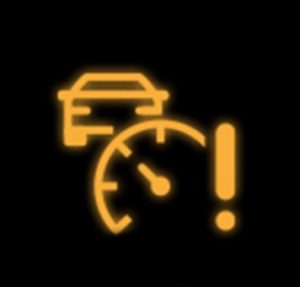
Speed control system is set and maintaining speed. Adjust as needed for traffic conditions.
Eco Mode Active
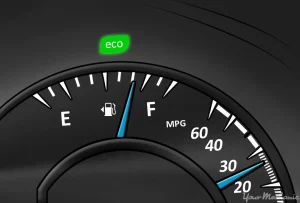
Fuel-saving mode is on, optimizing engine for efficiency. Switch modes based on driving needs.
Daytime Running Lights
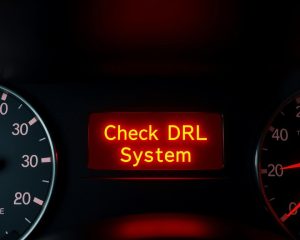
Lights are on automatically during daylight for safety. No action required; enhances vehicle visibility.
Tail Lights Indicator
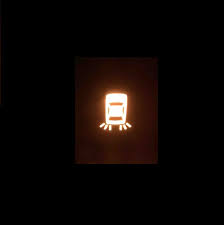
Rear lights are functioning, aiding visibility from behind. Confirms they’re on with headlights.
Automatic Headlamp Dimmer
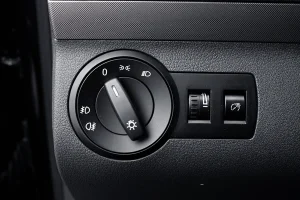
System auto-adjusts high beams for oncoming traffic. Indicates it’s active; no intervention needed.
Rear Fog Lamps
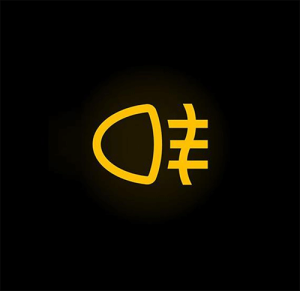
Rear fog lights on for better visibility in fog. Use sparingly to prevent confusion for other drivers.
Start/Stop System Active
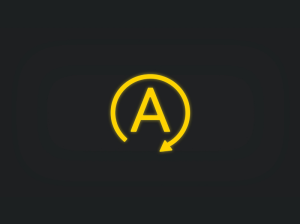
Engine auto-stops at idle to save fuel; restarts on acceleration. Indicates normal operation.
Lane Assist Active

Helps keep the car in lane; provides steering nudges. Confirms the system is engaged.
Adaptive Headlights

Headlights adjust with steering for better corner illumination. Shows the feature is functioning.
Parking Lights On

Sidelights are active for stationary visibility. Use when parked in low light for safety.
When looking at BMW, make sure to check out our guides on models like the BMW M6, BMW M8, BMW M4, and BMW Z4. Understanding dashboard warning lights is essential. Our expert reviews break down what each light means, highlighting common alerts for these models and what they could signal about underlying issues, so you’re never left guessing behind the wheel.

